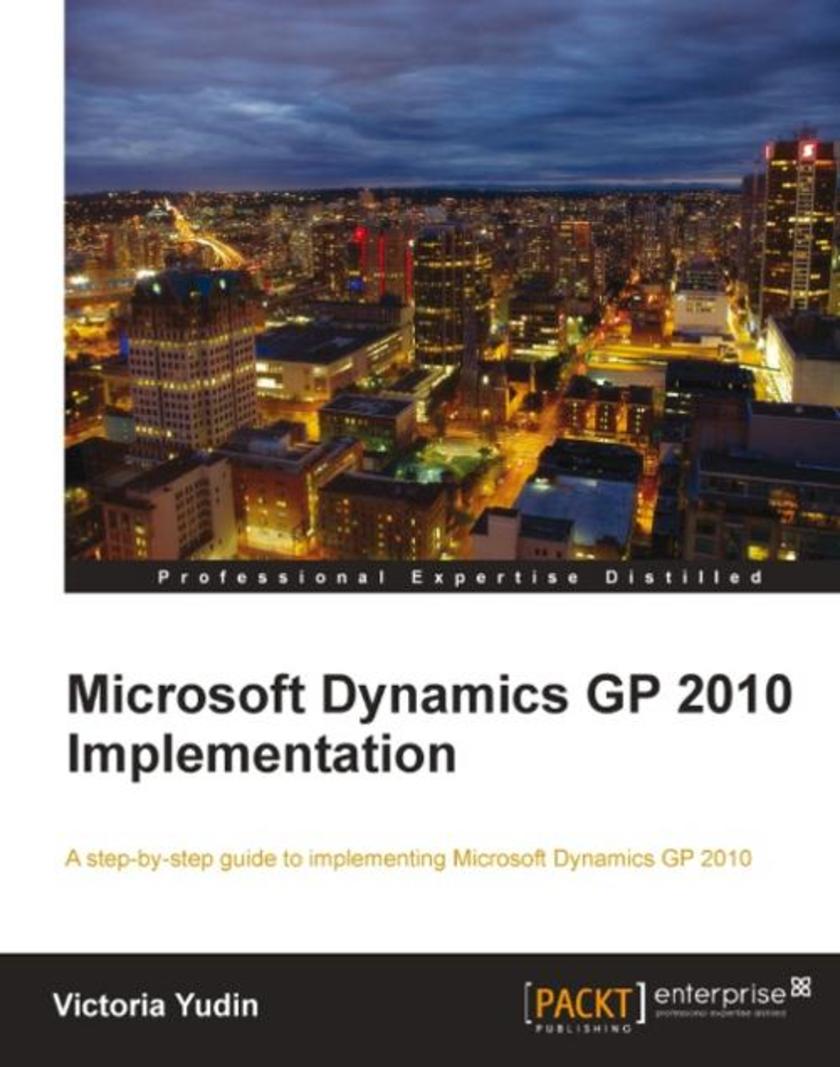
Microsoft Dynamics GP 2010 Implementation
¥107.90
A practical, focused tutorial, this book provides a step-by-step guide to planning and carrying out your Microsoft Dynamics GP 2010 implementation. Detailed de*ions and illustrations of setup screens and real-world examples are also included for the Dynamics GP system and core modules. This book focuses on Dynamics GP 2010, however, most of the concepts and explanations will apply to any Dynamics GP version. If you are a new or existing Microsoft Dynamics GP consultant or end user who wants to implement, install and set-up core modules of Dynamics GP 2010, then this book is for you. A basic understanding of business management systems and either Dynamics GP or a similar application is recommended.
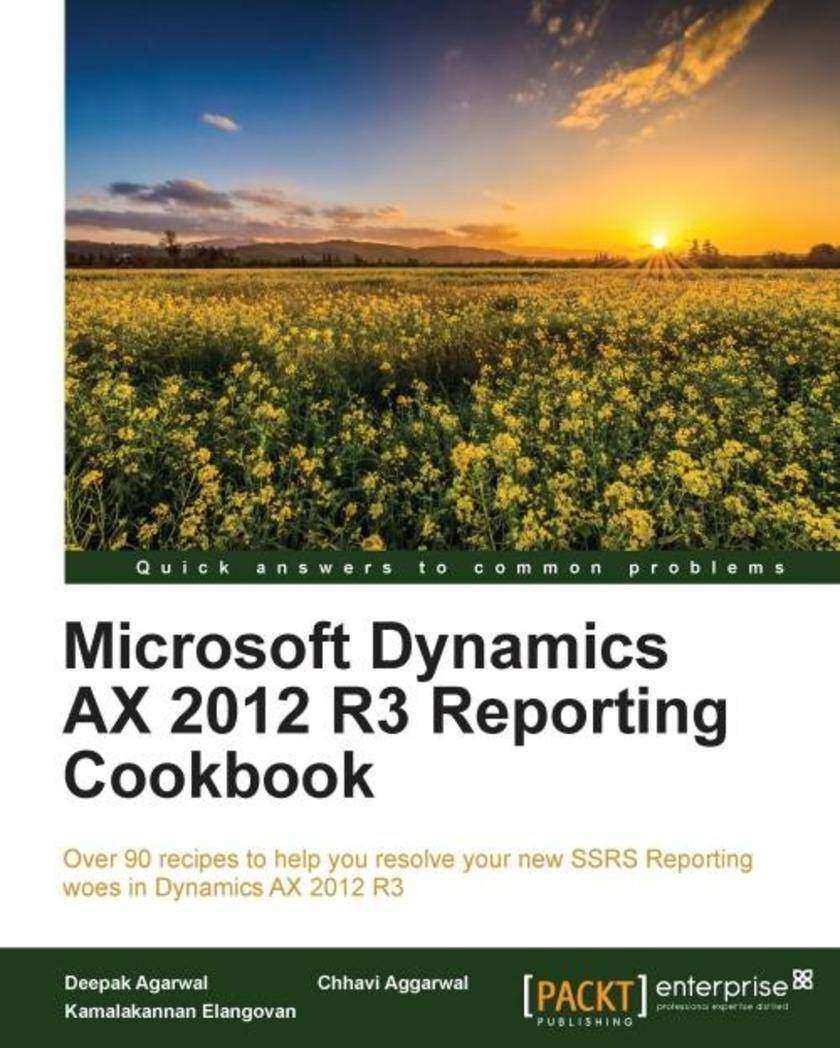
Microsoft Dynamics AX 2012 R3 Reporting Cookbook
¥107.90
Microsoft Dynamics AX 2012 R3 Reporting Cookbook is recommended for Dynamics AX developers and .NET-based SSRS developers looking to familiarize themselves with the new AX reporting framework.
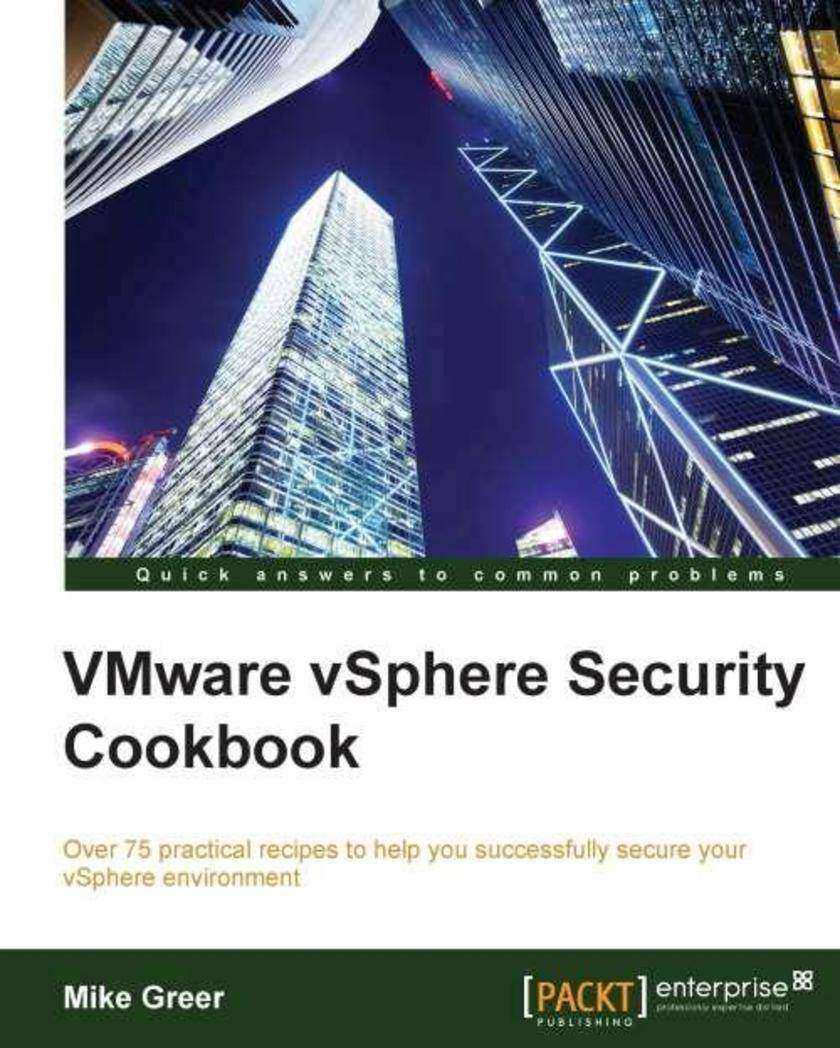
VMware vSphere Security Cookbook
¥107.90
This book is intended for virtualization professionals who are experienced with the setup and configuration of VMware vSphere, but didn't get the opportunity to learn how to secure the environment properly.
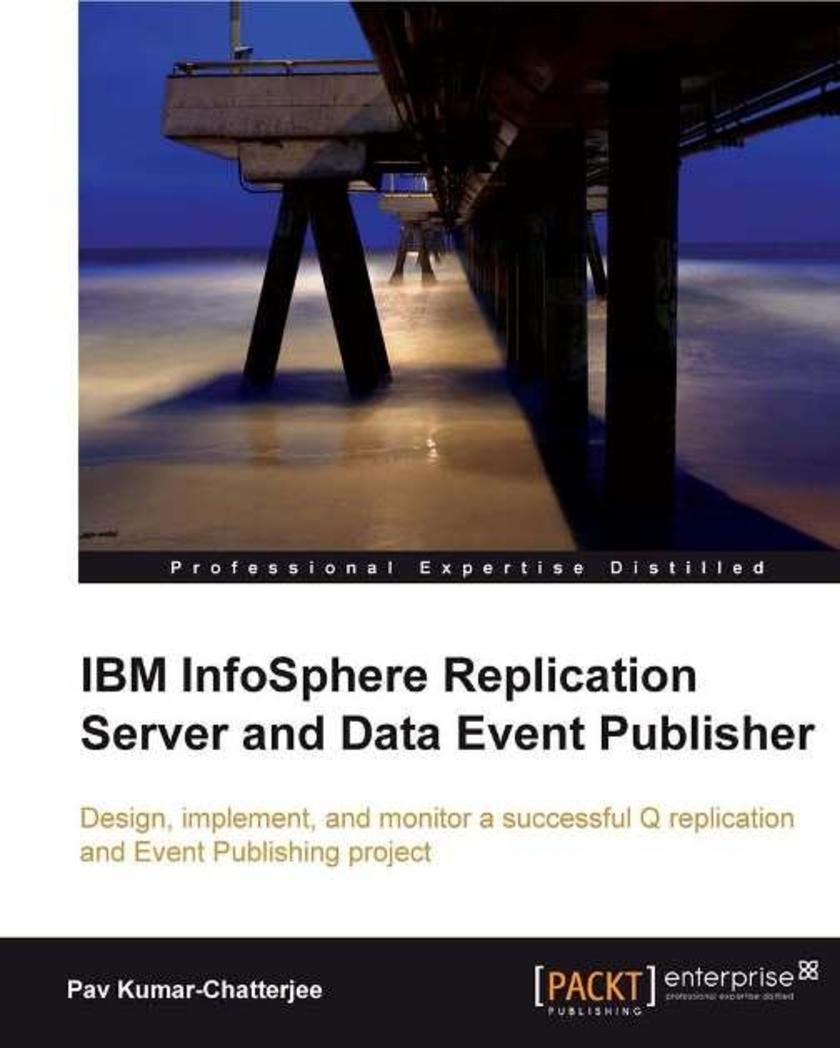
IBM InfoSphere Replication Server and Data Event Publisher
¥107.90
This is a developer's guide and is written in a style suitable to professionals. The initial chapters cover the basic theory and principles of Q replication and WebSphere MQ. As the book advances, numerous real-world scenarios and examples are covered with easy-to-understand code. The knowledge gained in these chapters culminate in the Appendix, which contains step-by-step instructions to set up various Q replication scenarios. If you are a professional who needs to set up and administer a Q replication or Event Publishing environment, then this is the book you need. The book will give you a clear idea of how to implement Q replication on z/OS whether you work on Linux, Unix, or Windows operating system.
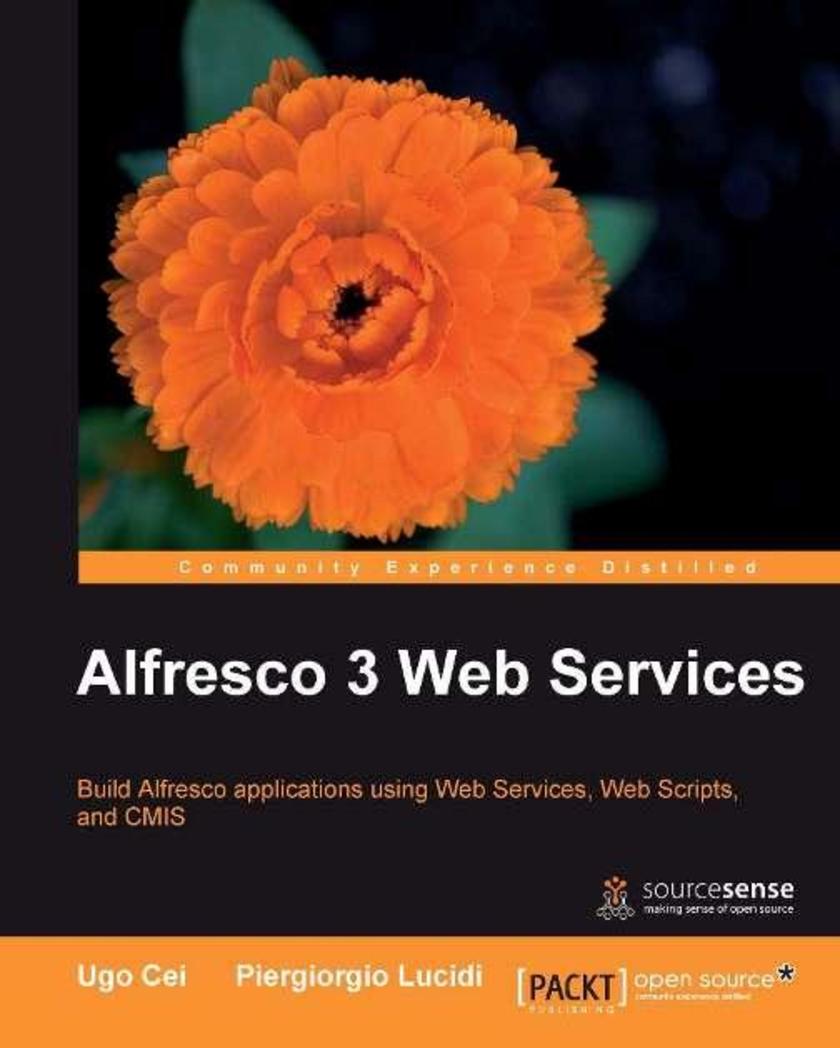
Alfresco 3 Web Services
¥107.90
The book is a detailed guide to building integrations on top of Alfresco filled with tons of examples and sample code. It is intended to be a complete overview to help developers choose a specific API with related method invocations. If you are a web developer who wants to build business applications on top of Alfresco, then this is the book for you. Basic understanding of XML, Web development concepts (HTTP, MVC) and Web Services is required.
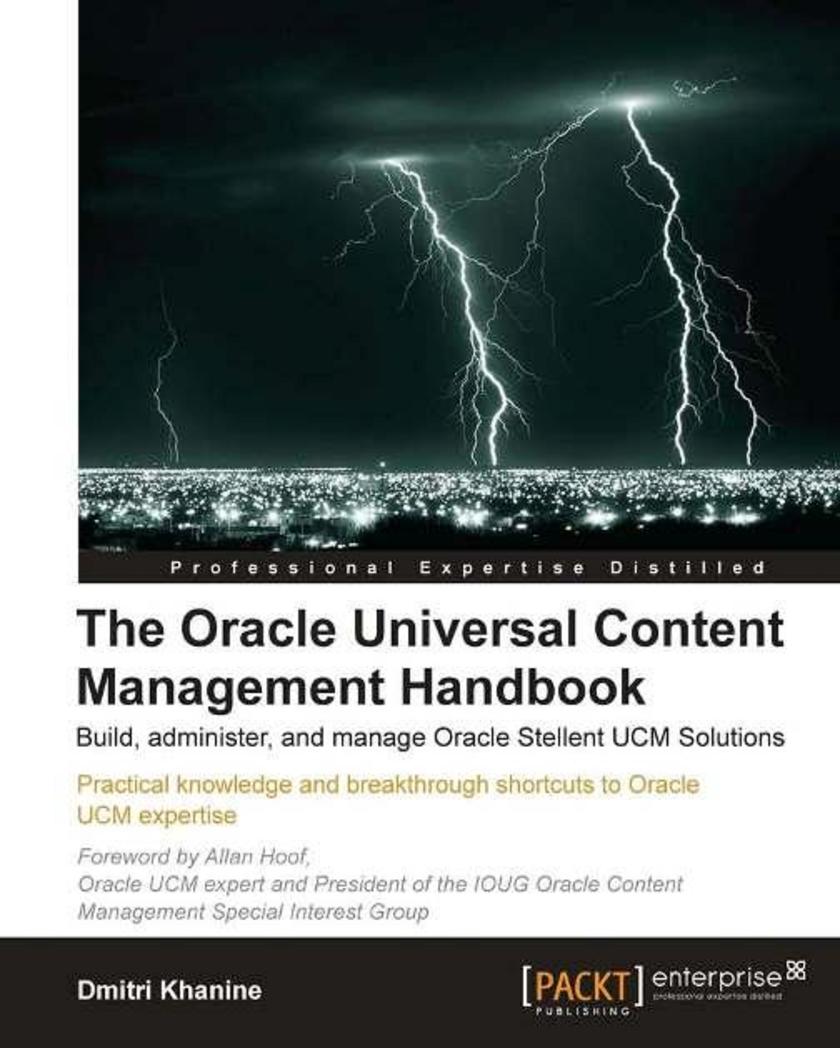
The Oracle Universal Content Management Handbook
¥107.90
This book employs the tactic of "you and me talking", which makes learning effortless and fun... even addictive! It's full of specific examples, shortcuts, and ready-to-use strategies. You'll end up with a working, ready-to-use Oracle UCM system by the end of Chapter 2. And you can jump chapters and read them in any order that better suits your passion or your assignment at hand. If you want to get started with Oracle UCM, this is the perfect book for you. This book is also beneficial for Oracle Stellent UCM users, administrators, and developers who are ready to jump up to the next level of expertise.
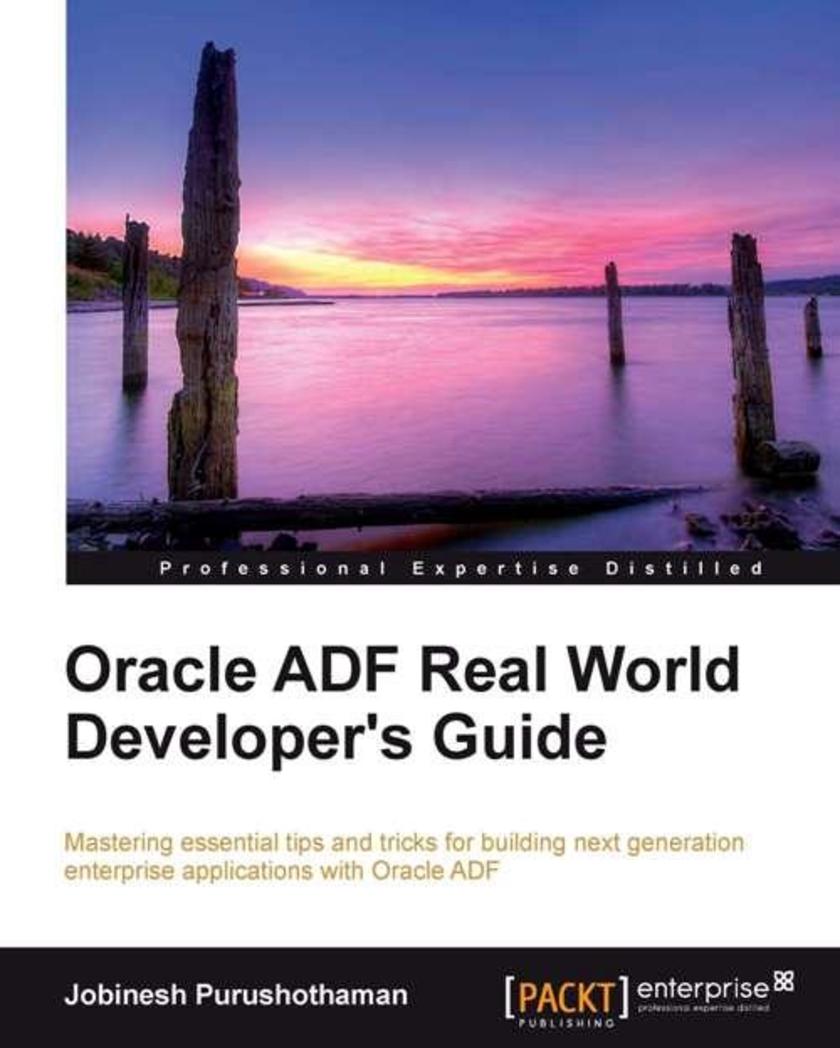
Oracle ADF Real World Developer’s Guide
¥107.90
This book is written in simple, easy to understand format with lots of screenshots and step-by-step explanations,If you are an ADF developer looking forward to building healthy and better performing applications using Oracle ADF, then this is the best guide for you. You need to be proficient with Java and ADF before getting started with this book.
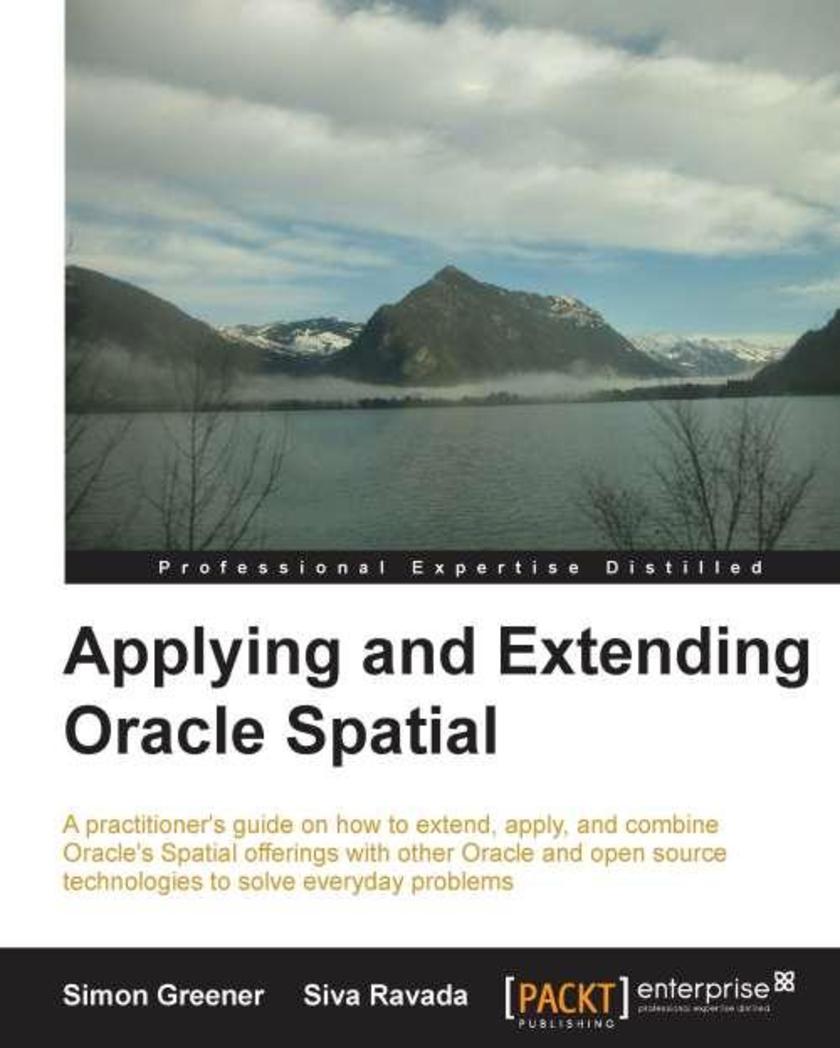
Applying and Extending Oracle Spatial
¥107.90
This book is an advanced practical guide to applying and extending Oracle Spatial.This book is for existing users of Oracle and Oracle Spatial who have, at a minimum, basic operational experience of using Oracle or an equivalent database. Advanced skills are not required.
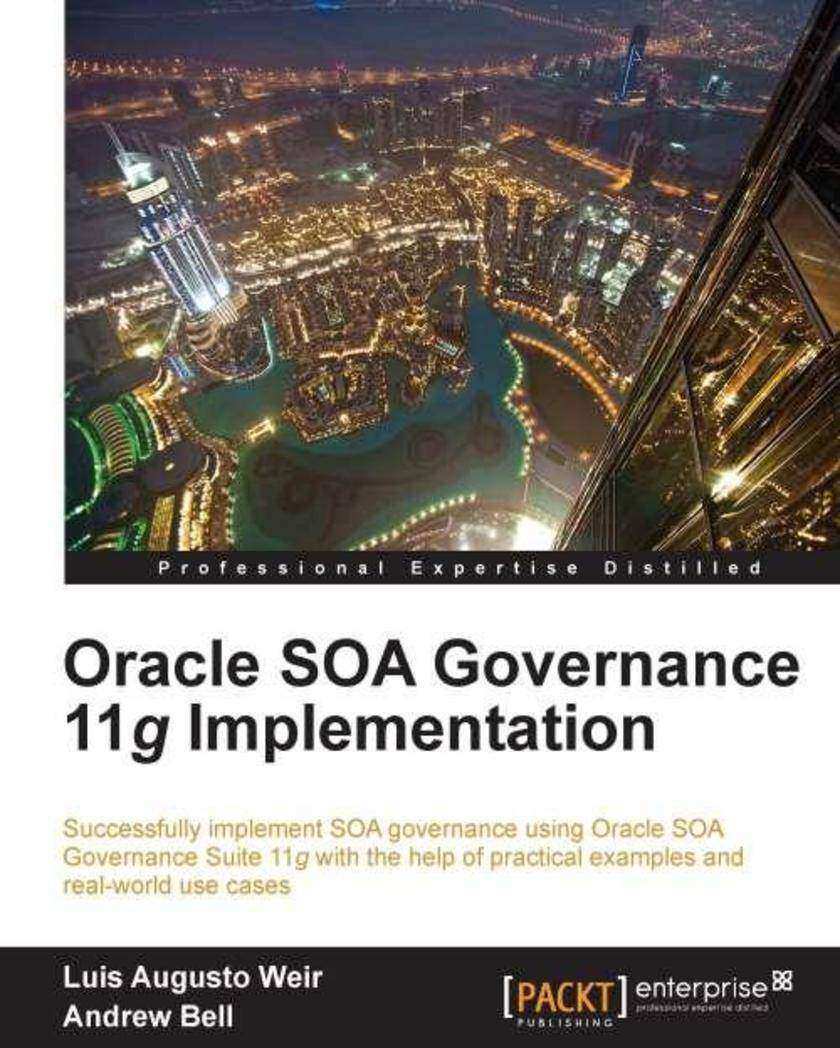
Oracle SOA Governance 11g Implementation
¥107.90
This book is a practical tutorial, with lots of step-by-step instructions for achieving SOA Governance by implementing the component Oracle products.This book is written for SOA architects and project managers who want to learn how to implement Oracle SOA Governance.
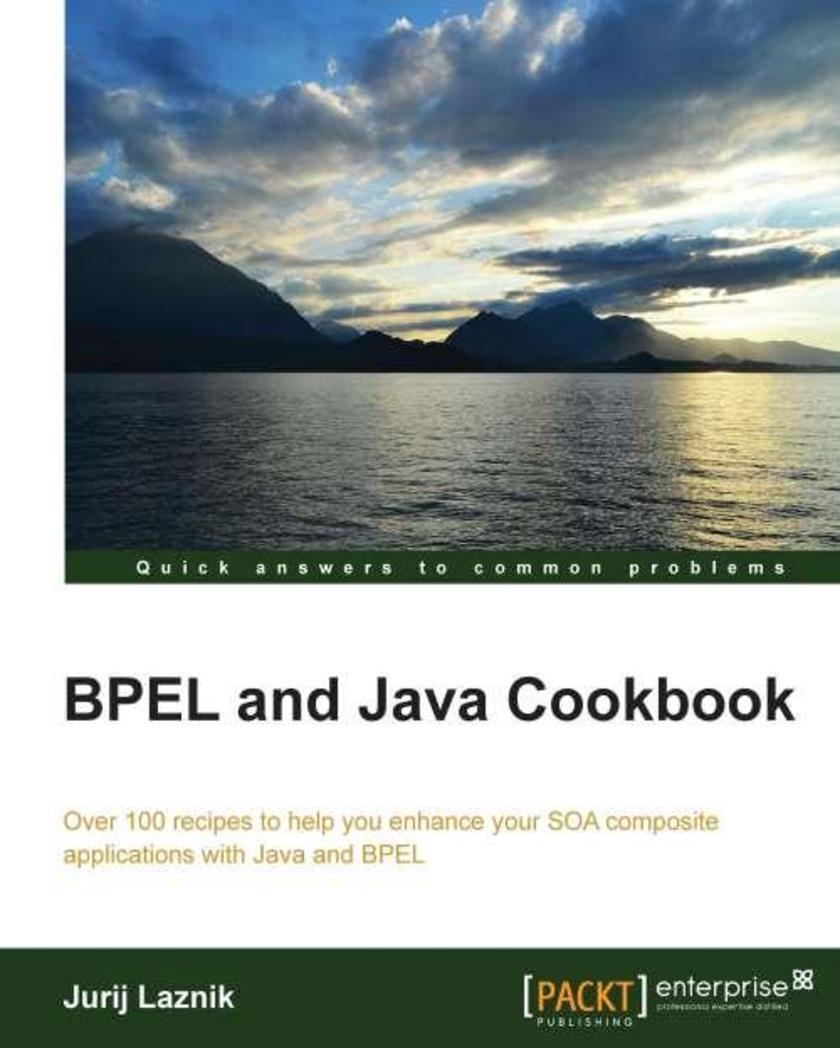
BPEL and Java Cookbook
¥107.90
The book is written in a Cookbook format with practical recipes aimed at helping you extend BPEL capabilities with Java.This book is aimed at Java developers who use BPEL programming to develop web services in SOA development. It is assumed that the readers are experienced with Java programming and SOA, but knowledge of BPEL is not necessarily required.
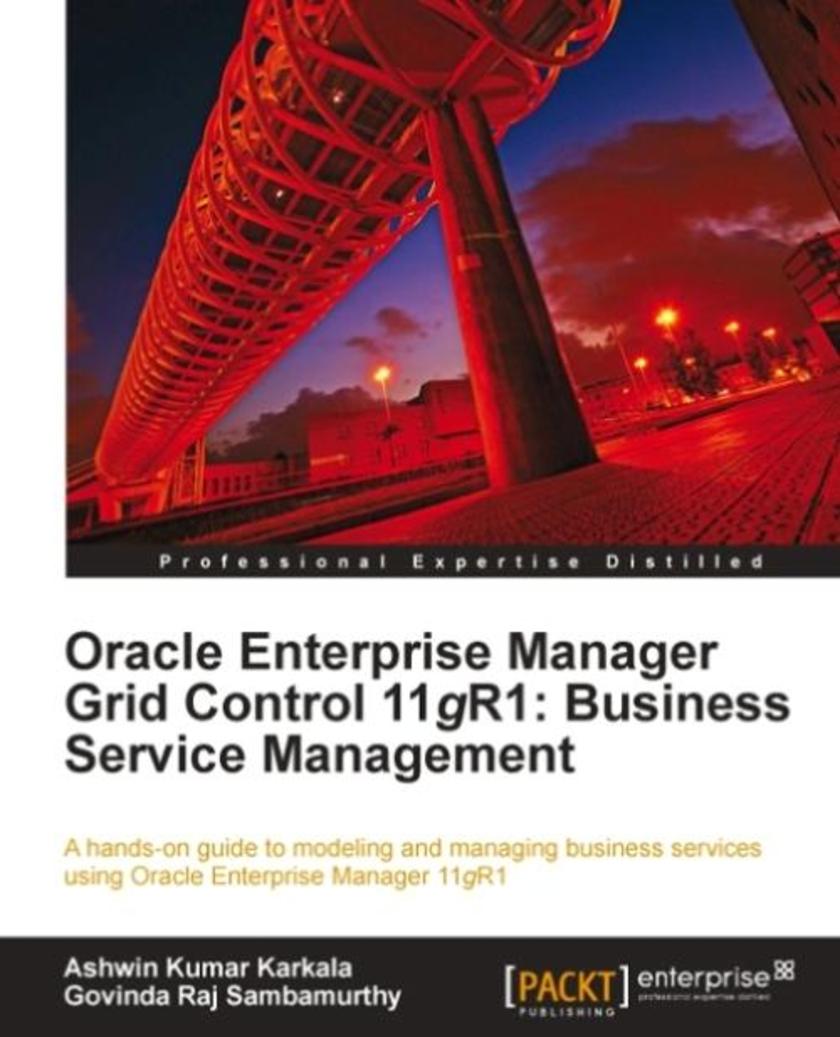
Oracle Enterprise Manager Grid Control 11g R1: Business Service Management
¥107.90
A practical, focused tutorial, this book will show you how to use Oracle Enterprise Manager Grid Control 11g R1 to deliver Business Service Management (BSM). Best practices cutting across multiple product verticals like Database, Middleware, Packaged Applications, and Custom Business Services are also covered. If you are a System Administrator or Application Administrator who is responsible for Business Service Management (BSM) using Oracle Enterprise Manager Grid Control 11g R1, then this book is for you. You need basic knowledge of Middleware/Application Servers, Business Service Management, and Oracle Enterprise Manager Grid Control.
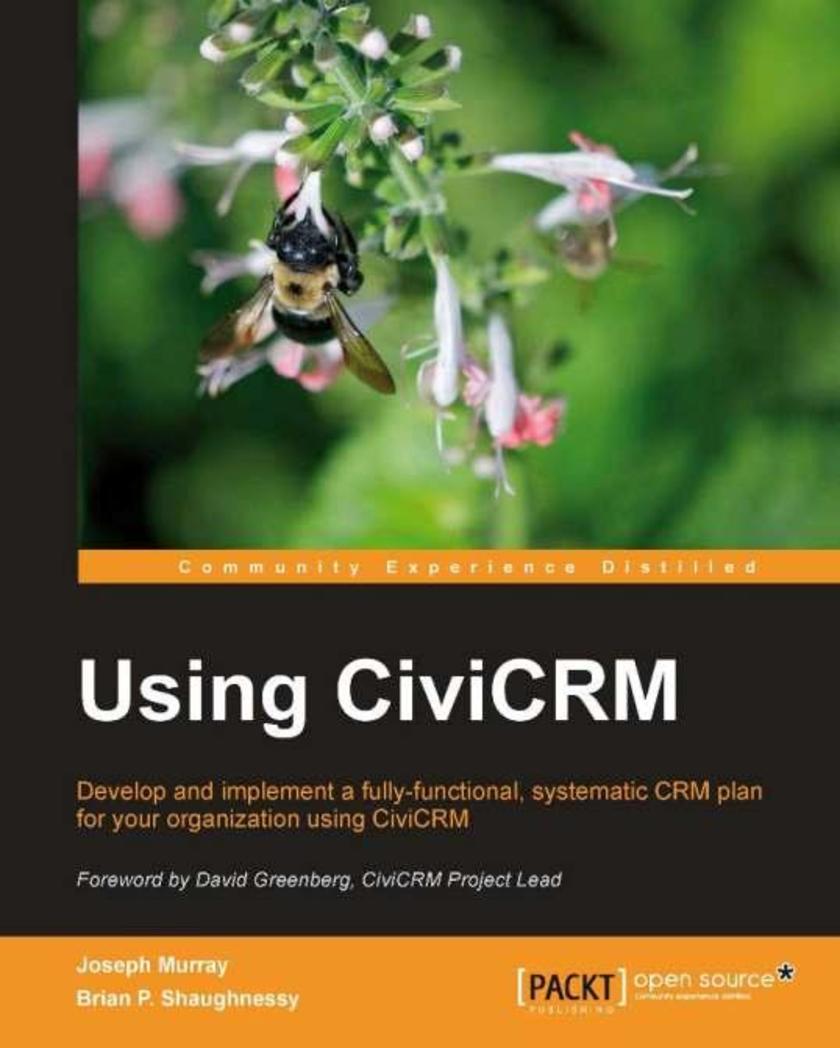
Using CiviCRM
¥107.90
This book is a step-by-step tutorial with practical examples, introduced by a planning framework and illustrations of good relationship management techniques for a variety of situations. We begin with basics such as installation, low-level implementation, and CiviCRM's core modules before covering CiviCRM's advanced features and issues such as customization of CiviCRM and integrating it with Joomla! and Drupal. You should be able to quickly grasp and implement the basic elements of CiviCRM before moving on to the more advanced features and tools. This book is for project implementers, organization leaders, staff, and volunteers in advocacy, non-profit, and non-governmental organizations, elected officials, professional/trade associations, political campaigns and parties, government agencies, and other similar organizations who want to implement CiviCRM in a manner tailored to their organization's size, culture, and needs. It addresses CRM strategists, implementers, administrators, and end users looking to become power users in communicating, fundraising, managing events, memberships, grants, cases, and people-resource management.
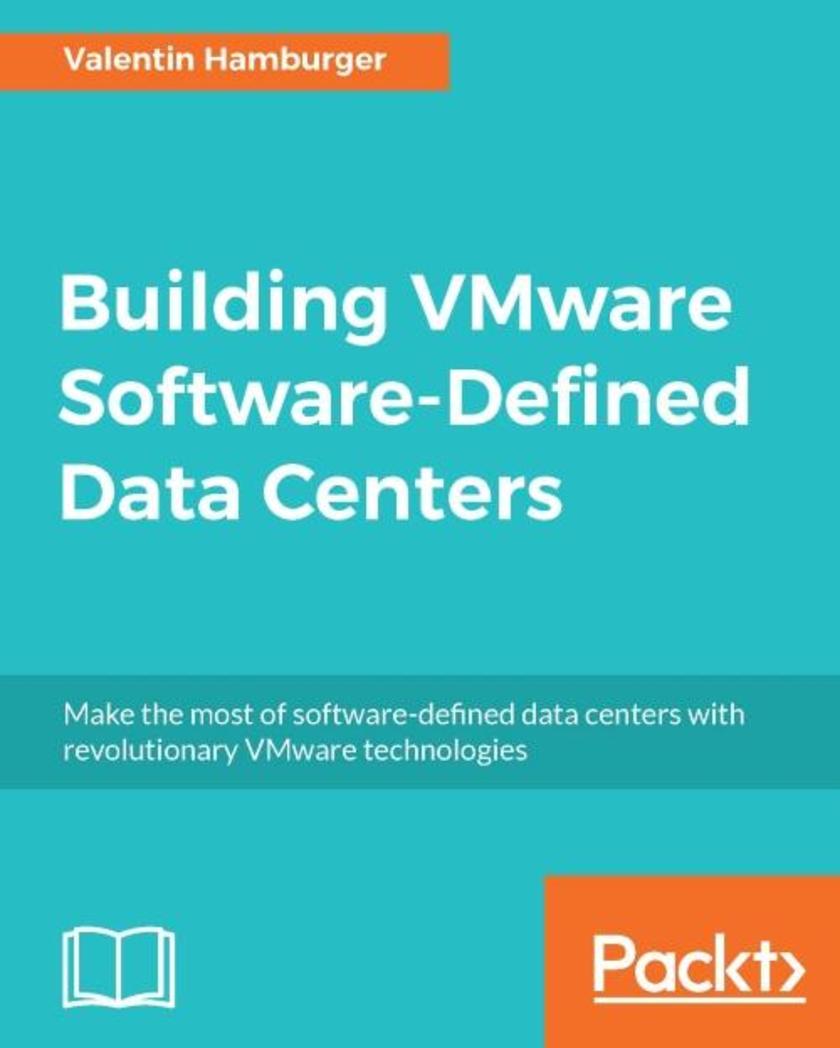
Building VMware Software-Defined Data Centers
¥107.90
Make the most of software-defined data centers with revolutionary VMware technologies About This Book Learn how you can automate your data center operations and deploy and manage applications and services across your public, private, and hybrid infrastructure in minutes Drive great business results with cost-effective solutions without compromising on ease, security, and controls Transform your business processes and operations in a way that delivers any application, anywhere, with complete peace of mind Who This Book Is For If you are an IT professional or VMware administrator who virtualizes data centers and IT infrastructures, this book is for you. Developers and DevOps engineers who deploy applications and services would also find this book useful. Data center architects and those at the CXO level who make decisions will appreciate the value in the content. What You Will Learn Understand and optimize end-to-end processes in your data center Translate IT processes and business needs into a technical design Apply and create vRO workflow automation functionalities to services Deploy NSX in a virtual environment Technically accomplish DevOps offerings Set up and use vROPs to master the SDDC resource demands Troubleshoot all the components of SDDC In Detail VMware offers the industry-leading software-defined data center (SDDC) architecture that combines compute, storage, networking, and management offerings into a single unified platform. This book uses the most up-to-date, cutting-edge VMware products to help you deliver a complete unified hybrid cloud experience within your infrastructure. It will help you build a unified hybrid cloud based on SDDC architecture and practices to deliver a fully virtualized infrastructure with cost-effective IT outcomes. In the process, you will use some of the most advanced VMware products such as VSphere, VCloud, and NSX. You will learn how to use vSphere virtualization in a software-defined approach, which will help you to achieve a fully-virtualized infrastructure and to extend this infrastructure for compute, network, and storage-related data center services. You will also learn how to use EVO:RAIL. Next, you will see how to provision applications and IT services on private clouds or IaaS with seamless accessibility and mobility across the hybrid environment. This book will ensure you develop an SDDC approach for your datacenter that fulfills your organization's needs and tremendously boosts your agility and flexibility. It will also teach you how to draft, design, and deploy toolsets and software to automate your datacenter and speed up IT delivery to meet your lines of businesses demands. At the end, you will build unified hybrid clouds that dramatically boost your IT outcomes. Style and approach With the ever-changing nature of businesses and enterprises, having the capability to navigate through the complexities is of utmost importance. This book takes an approach that combines industry expertise with revolutionary VMware products to deliver a complete SDDC experience through practical examples and techniques, with proven cost-effective benefits.
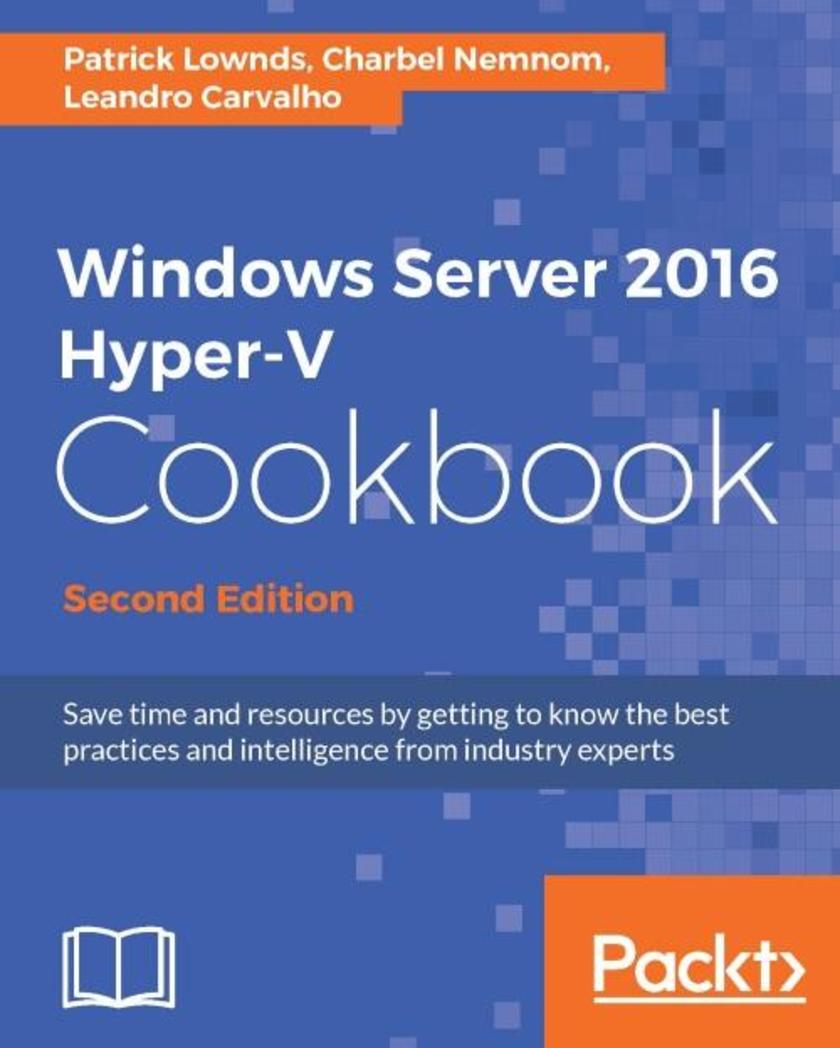
Windows Server 2016 Hyper-V Cookbook - Second Edition
¥107.90
Save time and resources by getting to know the best practices and intelligence from industry experts About This Book This book helps you gain a fresh perspective through a recipe-based approach on the new Microsoft Server 2016 Hyper-V Over 80 recipes to help you master the administrative tasks of Hyper-V and get to grips with advanced solutions and techniques for virtualization These hands-on advanced recipes will help you deploy, maintain, and upgrade Hyper-V virtual machines Who This Book Is For This book is for Hyper-V administrators who are looking to take advantage of all exciting new features that Microsoft Server 2016 Hyper-V has to offer. What You Will Learn Install and manage Hyper-V in Full, Server Core, and Nano Server Get to know how to migrate and upgrade physical and virtual machines Configure disks, network, memory, security, and auditing settings for virtual machines Take a deep dive into high availability and disaster recovery Save time and money by getting to grips with PowerShell automation Understand the new features around network and nested virtualization, distributed storage QoS, Hyper-V Replica, and much more Gain a full view of your virtual machines and host servers through monitoring, reporting, and troubleshooting tips In Detail Hyper-V is a Windows-based, very cost-effective virtualization solution with easy-to-use and well-known administrative consoles. With this book on your side you will master the worlds of Hyper-V deployment, migration, and management by learning tips, tricks, and best practices, especially when it comes to advanced-level tasks. You will learn how to quickly deploy and automate multiple VMs, and support Hyper-V clusters through different installation methods. You will learn the concepts efficiently with the help of up-to-date real-world examples and improve the scalability and efficiency of large-scale VM deployments with Nano Server. By the end of this book, you will be an ace Windows Server 2016 Hyper-V with the skills needed to administer and manage it effectively and survive in the brave new world of mobile-first, cloud-first. Further, take advantage of bonus appendix explaining Hyper-V and backup architecture and the difference between versions. Style and approach This advanced-level book provides step-by-step recipes on real-world examples so you can get practical, hands-on experience of the subjects.
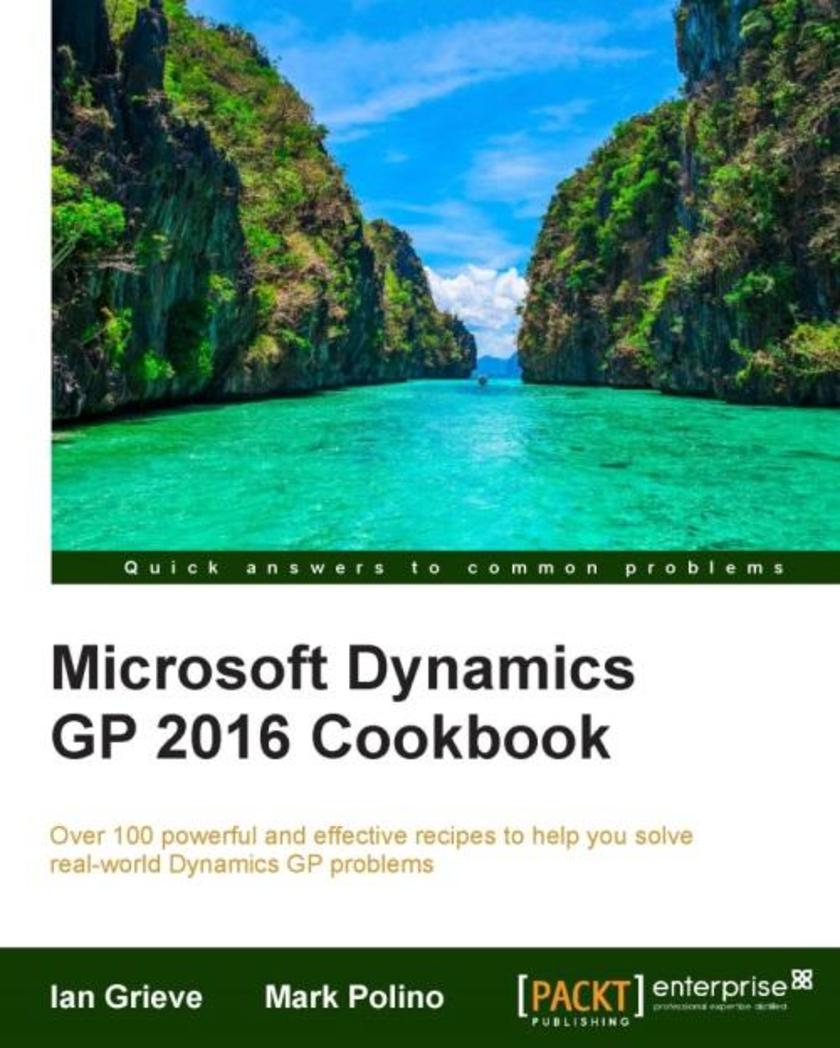
Microsoft Dynamics GP 2016 Cookbook
¥107.90
Over 100 powerful and effective recipes to help you solve real-world Dynamics GP problems About This Book Switch to Dynamics GP 2016 to take advantage of improved cloud support, workflow enhancements, and a more intuitive user experience Understand the various tips and tricks to master Dynamics GP, and improve your system’s stability in order to enable you to get work done faster Discover how to solve real-world problems in Microsoft Dynamics GP 2016 with easy-to-understand and practical recipes Who This Book Is For The book is for Dynamics GP users or Dynamics GP partners. It assumes that you have a basic understanding of business management systems and Microsoft Dynamics GP. What You Will Learn Explore the new enhancements in Dynamics GP 2016 Personalize Microsoft Dynamics GP to improve accessibility and efficiencies Maintain Dynamics GP and ensure proper operation of the system using optimum processes Efficiently organize Microsoft Dynamics GP to improve processes Leverage the power of SmartLists using proven tips and techniques and undocumented search functionalities Connect Microsoft Dynamics GP 2016 to Microsoft Office 2013 Enhance the usability of Microsoft Dynamics GP with hacks Expose the hidden features in Microsoft Dynamics GP to improve efficiency and get more from the system Deploy and use the Support Debugging tool to trace, locate, and resolve problems encountered by users Explore PowerBI and how it can be used with Dynamics GP 2016 In Detail The latest release of Dynamics GP 2016 offers a powerful, adaptable, and cloud enabled enterprise accounting software solution. The new version has experienced changes in serviced-based architecture, workflow, existing functionalities, and the introduction of plenty of new features. This book will help you get the most out of Dynamics GP quickly and effectively. This book picks up where implementation training leaves off. Whether you are new or experienced, you will find useful recipes to improve the way you use and work with Dynamics GP. The book starts with recipes designed to enhance the usefulness of Microsoft Dynamics GP by personalizing the look and feel of the application. Most of the recipes are designed to give you tips for a typical installation of Dynamics GP, including core financials and distribution modules. The book then moves through recipes that include automating Dynamics GP to allow users or administrators to focus on value adding tasks, connecting Dynamics GP to Microsoft Office, exposing hidden features in Dynamics GP, PowerBI, and much more! Style and approach This book follows a recipe-based approach with a problem-solution mind-set. Each recipe is independent of the others; real-world tested, and designed to be used immediately.
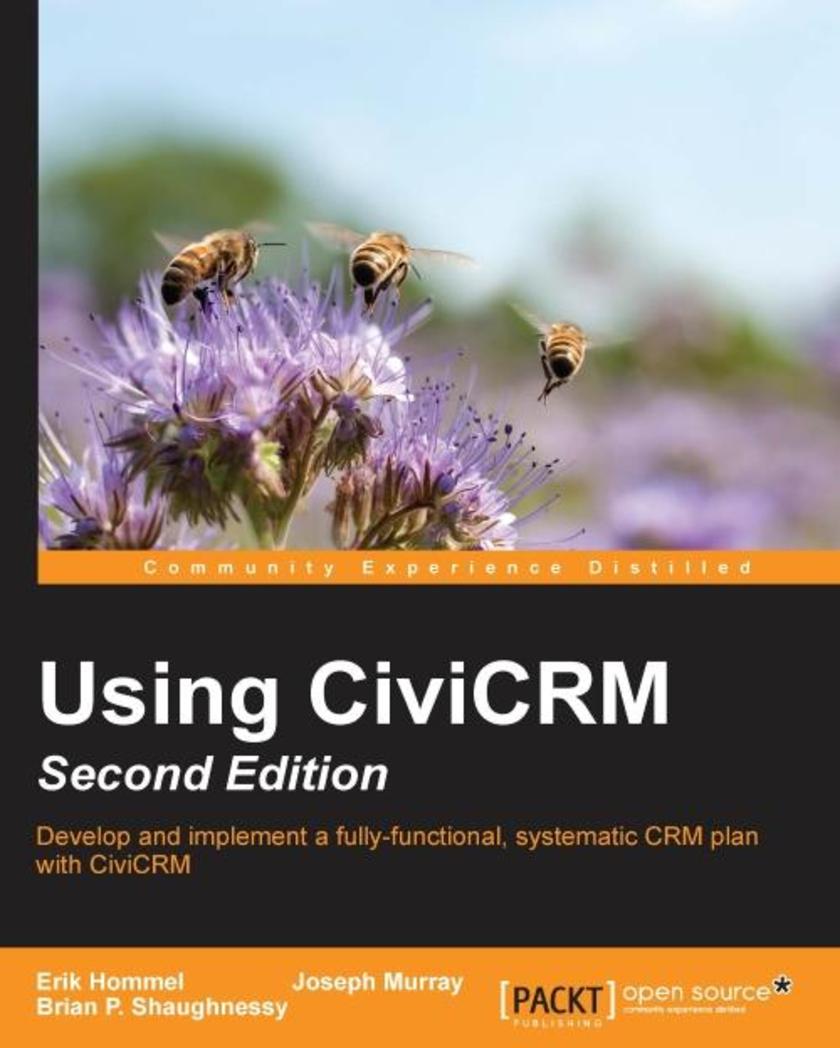
Using CiviCRM - Second Edition
¥107.90
Develop and implement a fully-functional, systematic CRM plan with CiviCRM About This Book Develop an integrated online system that manages contacts, donations, event registrations, memberships, bulk e-mail, campaigns, case management, and other functions such as activity tracking, grant distribution, and reporting. Plan a constituency relationship management strategy with ladders of engagement that will improve how your organization realizes its mission. Use case studies and step-by-step examples to put the raw concepts into real-life terminology and build your solutions. Who This Book Is For The book is primarily for administrators tasked with implementing, configuring, maintaining, and updating CiviCRM, and staff users who are looking to better understand the tools available in order to become power users. CiviCRM is software that may be used by advocacy groups, non-profit, and non-governmental organizations, elected officials, professional and trade associations, government entities, political campaigns and parties, and other similar organizations, and this book will prove useful to all such users. What You Will Learn Install and configure your CiviCRM Analyze your current workflows and processes to translate them effectively into the CiviCRM model Build an integrated system to solicit, retain, and manage your donors and members through robust management and reporting tools for administrators Raise more money with CiviCRM with effective solicitation campaigns Market events effectively and track registrations and payments Improve communications with constituents using targeted broadcast e-mail campaigns Track ongoing communications with constituents including from Outlook and Gmail using activities and case management tools Take advantage of the many CiviCRM tools to generate both simple and complex event structures and manage registrants through every phase of the project In Detail CiviCRM provides a powerful toolbox of resources to help organizations manage relationships with constituents. It is free, open source, web-based, and geared specifically to meet the constituent relationship management needs of the not-for-profit sector. Beginning with broader questions about how your organization is structured, which existing workflows are critical to your operations, and the overarching purpose of a centralized CRM, the book proceeds step by step through configuring CiviCRM, understanding the choices when setting up the system, importing data, and exploring the breadth of tools available throughout the system. You will see how to best use this software to handle event registrations, accept and track contributions, manage paid and free memberships and sub*ions, segment contacts, send bulk e-mails with open and click-through tracking, manage outreach campaigns, and set up case management workflows that match your organization’s roles and rules. With specific emphasis on helping implementers ask the right questions, consider key principals when setting up the system, and understand usage through case studies and examples, the book comprehensively reviews the functionality of CiviCRM and the opportunities it provides. With this book, you can help your organization better achieve its mission as a charity, industry association, professional society, political advocacy group, community group, government agency, or other similar organization and position yourself to become a power user who efficiently and effectively navigates the system. Style and approach This guide is packed with step-by-step tutorials and real-life examples interspersed with practical advice and best practices on how to use CiviCRM strategically. You will be able to quickly grasp and implement the basic elements of CiviCRM before moving on to more advanced tools.
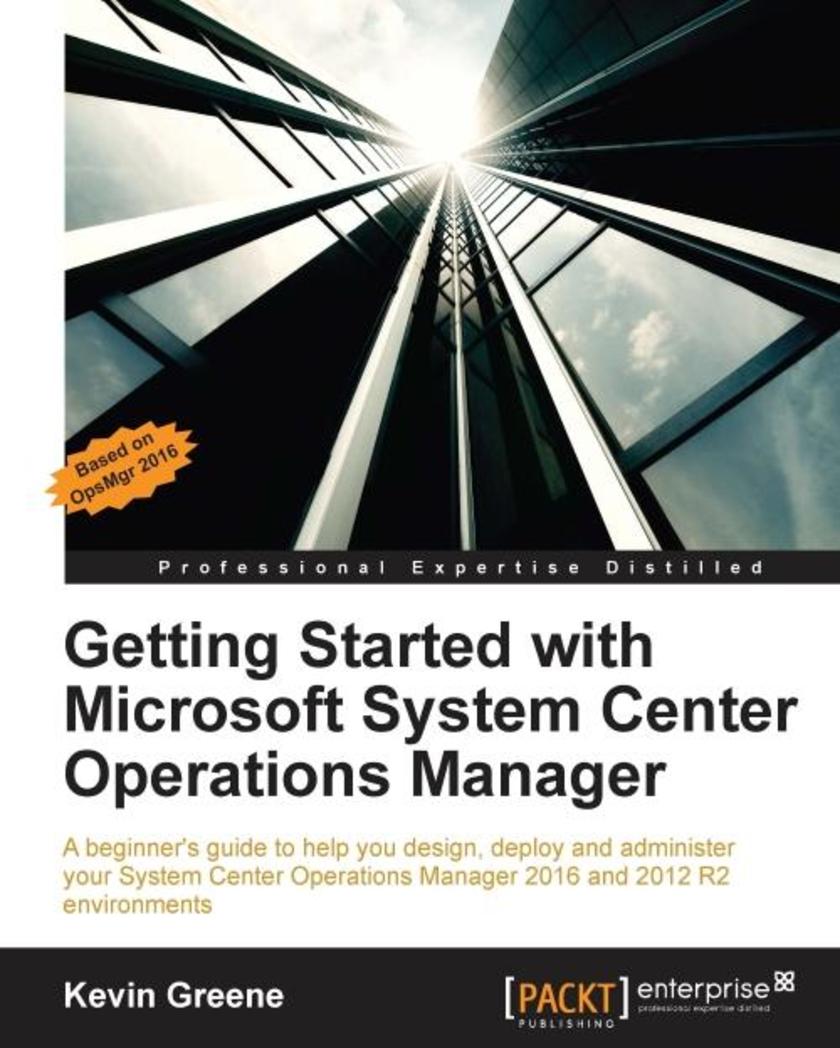
Getting Started with Microsoft System Center Operations Manager
¥107.90
A beginner's guide to help you design, deploy and administer your System Center Operations Manager 2016 and 2012 R2 environments About This Book Discover how to monitor complex IT environments with System Center Operations Manager using tips, tricks and best practice recommendations from industry experts. Learn how to create eye-catching dashboards and reports to help deliver a tangible return on investment back to your organization. Optimize, troubleshoot and perform disaster recovery in Operations Manager using step by step examples based on real-world scenarios. Who This Book Is For The target audience for this book is the IT Pro or System Administrator who wants to deploy and use System Center Operations Manager but has no previous knowledge of the product. As a ‘Getting Started’ book, our primary objective is to equip you with the knowledge you need to feel comfortable when working with common monitoring scenarios in OpsMgr. With this in mind, deep-diving into less-common OpsMgr features such as Audit Collection Services (ACS), Agentless Exception Monitoring (AEM) and Application Performance Monitoring (APM) has been intentionally omitted. What You Will Learn Install a new System Center 2016 Operations Manager Management Group Design and provision custom views to relevant support teams. Understand how to deploy agents Work with management packs Monitor network devices Model your IT services with distributed applications Create dashboards and custom visualizations Tune, optimize, maintain and troubleshoot System Center Operations Manager In Detail Most modern IT environments comprise a heterogeneous mixture of servers, network devices, virtual hypervisors, storage solutions, cross-platform operating systems and applications. All this complexity brings a requirement to deliver a centralized monitoring and reporting solution that can help IT administrators quickly identify where the problems are and how best to resolve them. Using System Center Operations Manager (OpsMgr), administrators get a full monitoring overview of the IT services they have responsibility for across the organization - along with some useful management capabilities to help them remediate any issues they've been alerted to. This book begins with an introduction to OpsMgr and its core concepts and then walks you through designing and deploying the various roles. After a chapter on exploring the consoles, you will learn how to deploy agents, work with management packs, configure network monitoring and model your IT services using distributed applications. There’s a chapter dedicated to alert tuning and another that demonstrates how to visualize your IT using dashboards. The final chapters in the book discuss how to create alert sub*ions, manage reports, backup and recover OpsMgr, perform maintenance and troubleshoot common problems. Style and approach A beginner’s guide that focuses on providing the practical skills required to effectively deploy and administer OpsMgr with walkthrough examples and tips on all the key concepts.
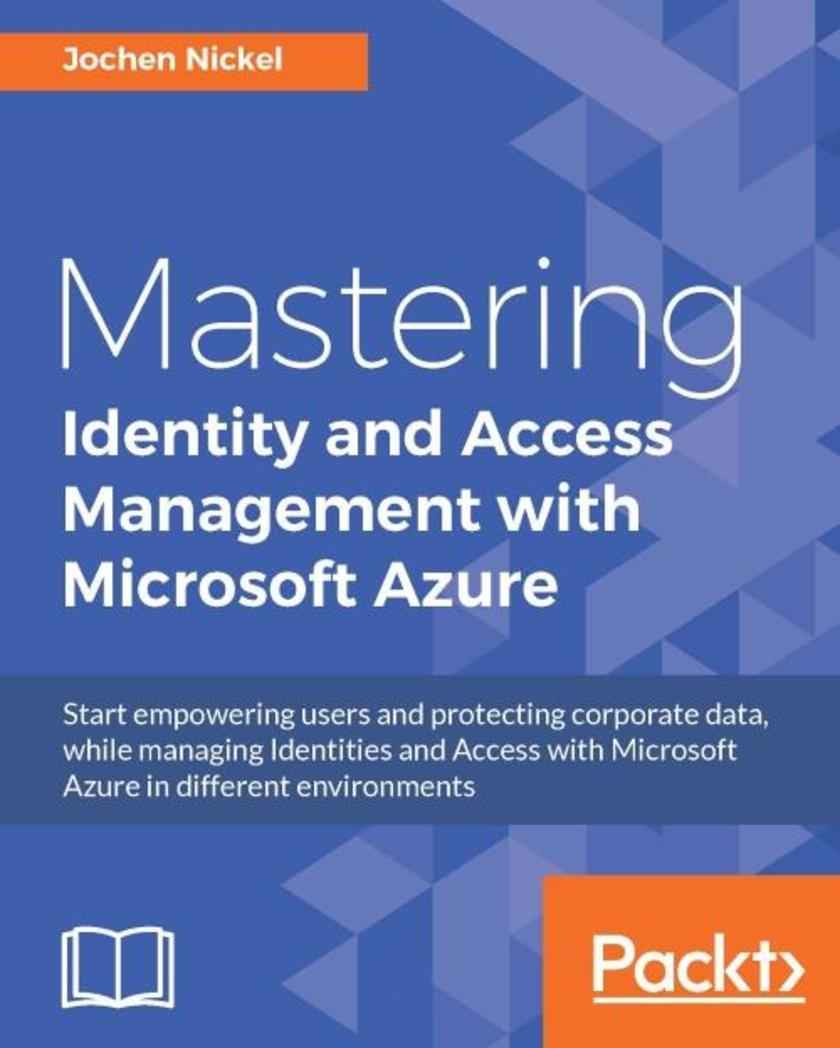
Mastering Identity and Access Management with Microsoft Azure
¥107.90
Start empowering users and protecting corporate data, while managing Identities and Access with Microsoft Azure in different environments About This Book Deep dive into the Microsoft Identity and Access Management as a Service (IDaaS) solution Design, implement and manage simple and complex hybrid identity and access management environments Learn to apply solution architectures directly to your business needs and understand how to identify and manage business drivers during transitions Who This Book Is For This book is for business decision makers, IT consultants, and system and security engineers who wish to plan, design, and implement Identity and Access Management solutions with Microsoft Azure. What You Will Learn Apply technical de*ions and solution architectures directly to your business needs and deployments Identify and manage business drivers and architecture changes to transition between different scenarios Understand and configure all relevant Identity and Access Management key features and concepts Implement simple and complex directory integration, authentication, and authorization scenarios Get to know about modern identity management, authentication, and authorization protocols and standards Implement and configure a modern information protection solution Integrate and configure future improvements in authentication and authorization functionality of Windows 10 and Windows Server 2016 In Detail Microsoft Azure and its Identity and Access Management is at the heart of Microsoft’s Software as a Service, including Office 365, Dynamics CRM, and Enterprise Mobility Management. It is an essential tool to master in order to effectively work with the Microsoft Cloud. Through practical, project based learning this book will impart that mastery. Beginning with the basics of features and licenses, this book quickly moves on to the user and group lifecycle required to design roles and administrative units for role-based access control (RBAC). Learn to design Azure AD to be an identity provider and provide flexible and secure access to SaaS applications. Get to grips with how to configure and manage users, groups, roles, and administrative units to provide a user- and group-based application and self-service access including the audit functionality. Next find out how to take advantage of managing common identities with the Microsoft Identity Manager 2016 and build cloud identities with the Azure AD Connect utility. Construct blueprints with different authentication scenarios including multi-factor authentication. Discover how to configure and manage the identity synchronization and federation environment along with multi -factor authentication, conditional access, and information protection scenarios to apply the required security functionality. Finally, get recommendations for planning and implementing a future-oriented and sustainable identity and access management strategy. Style and approach A practical, project-based learning experience explained through hands-on examples.
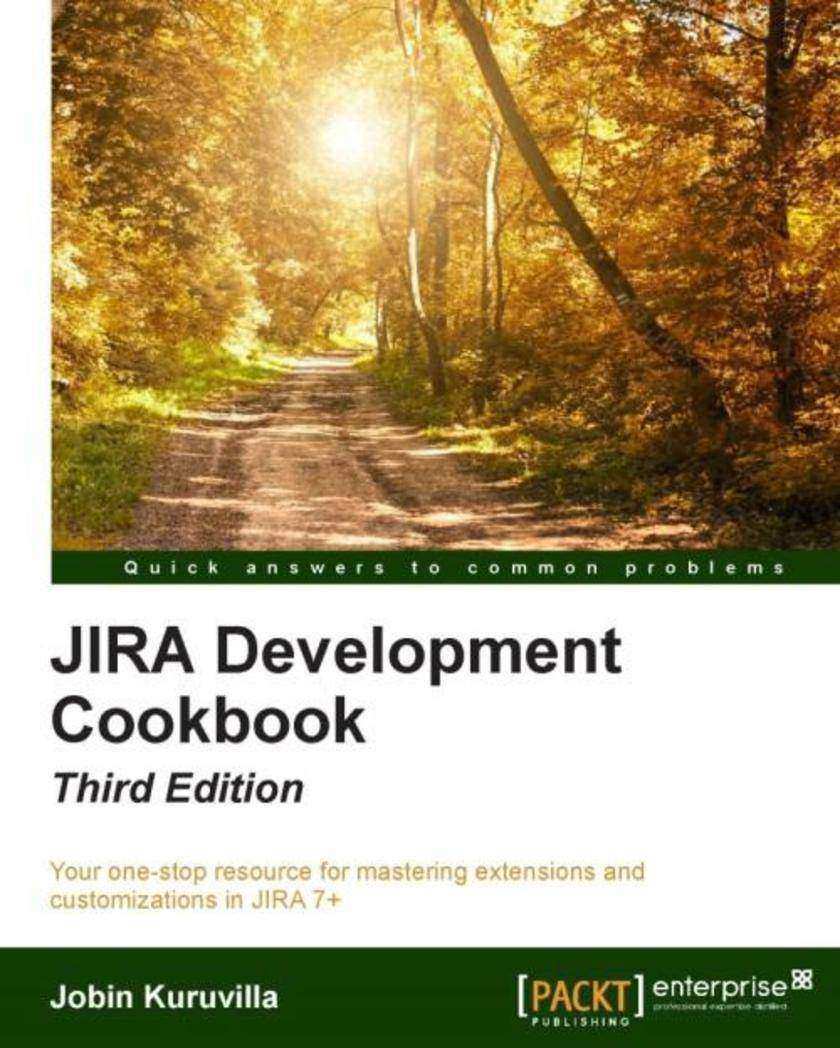
JIRA Development Cookbook - Third Edition
¥107.90
Your one-stop resource for mastering extensions and customizations in JIRA 7+ About This Book Explore the new features of JIRA 7 and best practices for agile development and integration with development tools Customize the look and feel of your JIRA UI to match your specific user needs Create seamless reports that make sense of your data through easy-to-use techniques Who This Book Is For If you are a JIRA developer or administrator, or a project manager who wants to fully exploit the exciting capabilities of JIRA, then this is the perfect book for you. What You Will Learn Create and deploy your own JIRA plugins Manipulate workflows to transform JIRA into a user-friendly system Create custom reports that show statistics for particular people, projects, versions, or other fields within issues Simplify reporting by writing your own JIRA gadgets, which can be added into a user's dashboard Master database handling by extending and retrieving custom field details from the database Deal with custom fields on an issue and program custom field option In Detail JIRA provides issue and project tracking for software development teams to improve code quality and the speed of development. With the new version of JIRA, you can create your own JIRA plugins and customize the look and feel of your JIRA UI easier than ever. JIRA Development Cookbook , Third Edition, is a one-stop resource to master extensions and customizations in JIRA. This book starts with recipes about simplifying the plugin development process followed by recipes dedicated to the plugin framework. Then, you will move on to writing custom field plugins to create new field types or custom searchers. You will also learn how to program and customize workflows to transform JIRA into a user-friendly system. With so much data spanning different projects, issues, and so on, we will cover how to work on reports and gadgets to get customized data according to our needs. At the end of the book, you will learn how to customize JIRA by adding new tabs, menus, and web items; communicate with JIRA via the REST APIs; and work with the JIRA database. Style and approach The most unique aspect of this book is its approach. This book is recipe-based, with real-world examples, that will empower you to implement agile processes and explore the exciting capabilities of Jira.
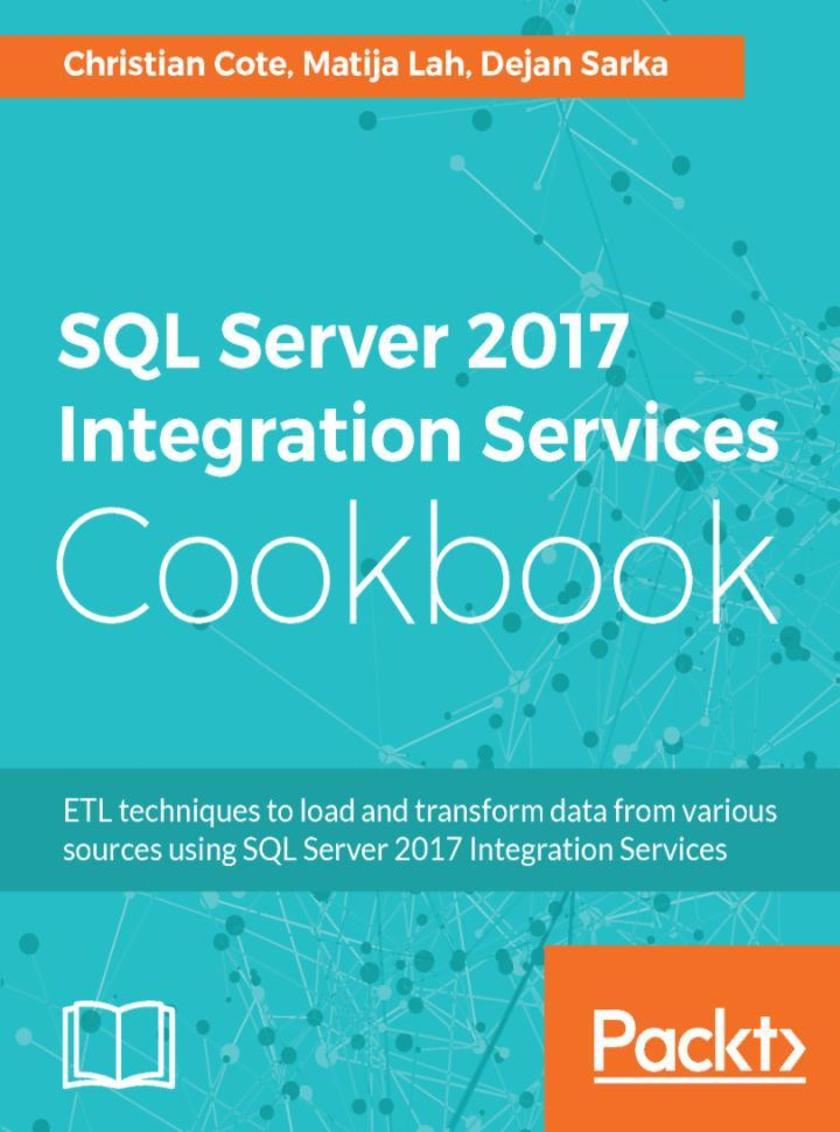
SQL Server 2017 Integration Services Cookbook
¥107.90
Harness the power of SQL Server 2017 Integration Services to build your data integration solutions with ease About This Book ? Acquaint yourself with all the newly introduced features in SQL Server 2017 Integration Services ? Program and extend your packages to enhance their functionality ? This detailed, step-by-step guide covers everything you need to develop efficient data integration and data transformation solutions for your organization Who This Book Is For This book is ideal for software engineers, DW/ETL architects, and ETL developers who need to create a new, or enhance an existing, ETL implementation with SQL Server 2017 Integration Services. This book would also be good for individuals who develop ETL solutions that use SSIS and are keen to learn the new features and capabilities in SSIS 2017. What You Will Learn ? Understand the key components of an ETL solution using SQL Server 2016-2017 Integration Services ? Design the architecture of a modern ETL solution ? Have a good knowledge of the new capabilities and features added to Integration Services ? Implement ETL solutions using Integration Services for both on-premises and Azure data ? Improve the performance and scalability of an ETL solution ? Enhance the ETL solution using a custom framework ? Be able to work on the ETL solution with many other developers and have common design paradigms or techniques ? Effectively use *ing to solve complex data issues In Detail SQL Server Integration Services is a tool that facilitates data extraction, consolidation, and loading options (ETL), SQL Server coding enhancements, data warehousing, and customizations. With the help of the recipes in this book, you’ll gain complete hands-on experience of SSIS 2017 as well as the 2016 new features, design and development improvements including SCD, Tuning, and Customizations. At the start, you’ll learn to install and set up SSIS as well other SQL Server resources to make optimal use of this Business Intelligence tools. We’ll begin by taking you through the new features in SSIS 2016/2017 and implementing the necessary features to get a modern scalable ETL solution that fits the modern data warehouse. Through the course of chapters, you will learn how to design and build SSIS data warehouses packages using SQL Server Data Tools. Additionally, you’ll learn to develop SSIS packages designed to maintain a data warehouse using the Data Flow and other control flow tasks. You’ll also be demonstrated many recipes on cleansing data and how to get the end result after applying different transformations. Some real-world scenarios that you might face are also covered and how to handle various issues that you might face when designing your packages. At the end of this book, you’ll get to know all the key concepts to perform data integration and transformation. You’ll have explored on-premises Big Data integration processes to create a classic data warehouse, and will know how to extend the toolbox with custom tasks and transforms. Style and approach This cookbook follows a problem-solution approach and tackles all kinds of data integration scenarios by using the capabilities of SQL Server 2016 Integration Services. This book is well supplemented with screenshots, tips, and tricks. Each recipe focuses on a particular task and is written in a very easy-to-follow manner.
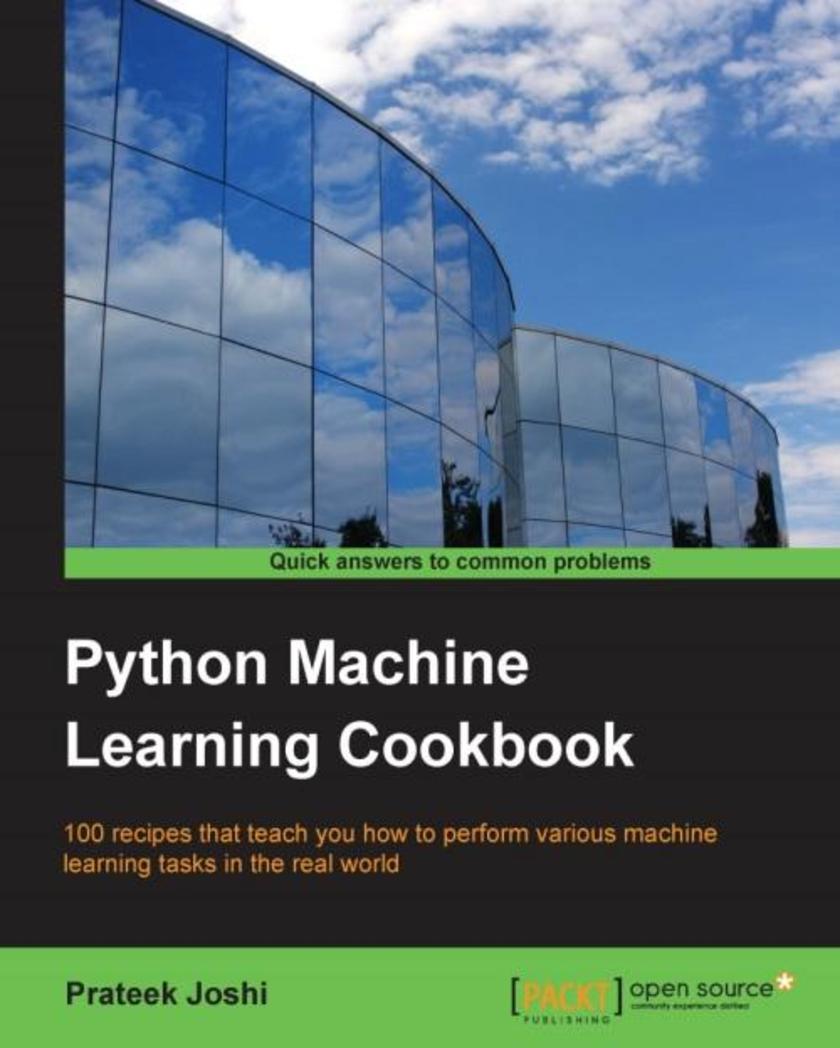
Python Machine Learning Cookbook
¥107.90
100 recipes that teach you how to perform various machine learning tasks in the real world About This Book Understand which algorithms to use in a given context with the help of this exciting recipe-based guide Learn about perceptrons and see how they are used to build neural networks Stuck while making sense of images, text, speech, and real estateThis guide will come to your rescue, showing you how to perform machine learning for each one of these using various techniques Who This Book Is For This book is for Python programmers who are looking to use machine-learning algorithms to create real-world applications. This book is friendly to Python beginners, but familiarity with Python programming would certainly be useful to play around with the code. What You Will Learn Explore classification algorithms and apply them to the income bracket estimation problem Use predictive modeling and apply it to real-world problems Understand how to perform market segmentation using unsupervised learning Explore data visualization techniques to interact with your data in diverse ways Find out how to build a recommendation engine Understand how to interact with text data and build models to analyze it Work with speech data and recognize spoken words using Hidden Markov Models Analyze stock market data using Conditional Random Fields Work with image data and build systems for image recognition and biometric face recognition Grasp how to use deep neural networks to build an optical character recognition system In Detail Machine learning is becoming increasingly pervasive in the modern data-driven world. It is used extensively across many fields such as search engines, robotics, self-driving cars, and more. With this book, you will learn how to perform various machine learning tasks in different environments. We’ll start by exploring a range of real-life scenarios where machine learning can be used, and look at various building blocks. Throughout the book, you’ll use a wide variety of machine learning algorithms to solve real-world problems and use Python to implement these algorithms. You’ll discover how to deal with various types of data and explore the differences between machine learning paradigms such as supervised and unsupervised learning. We also cover a range of regression techniques, classification algorithms, predictive modeling, data visualization techniques, recommendation engines, and more with the help of real-world examples. Style and approach You will explore various real-life scenarios in this book where machine learning can be used, and learn about different building blocks of machine learning using independent recipes in the book.




 购物车
购物车 个人中心
个人中心



